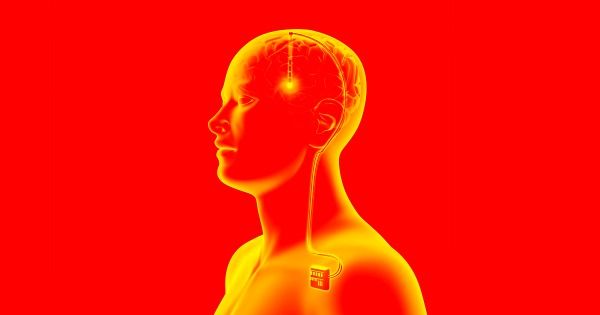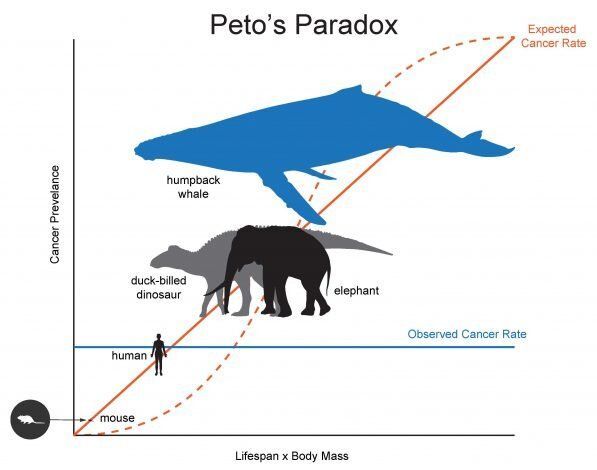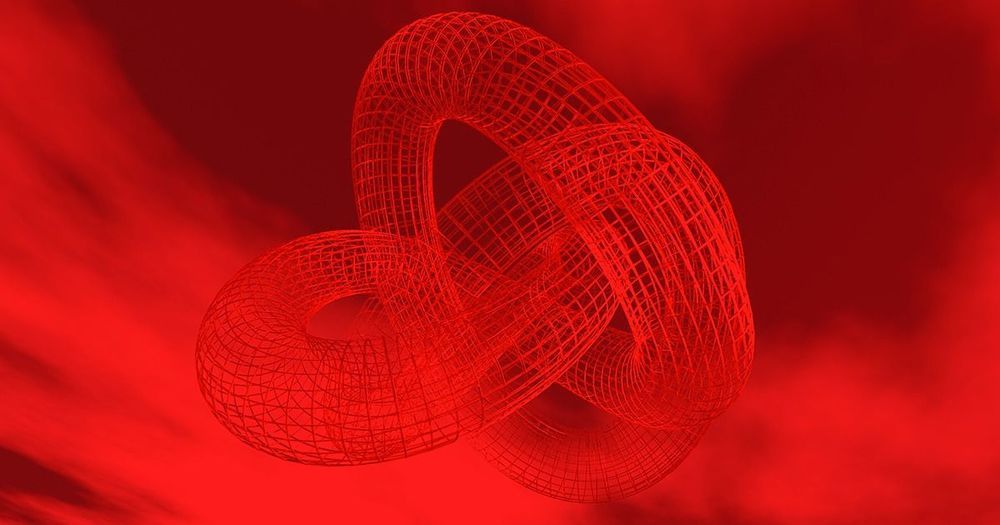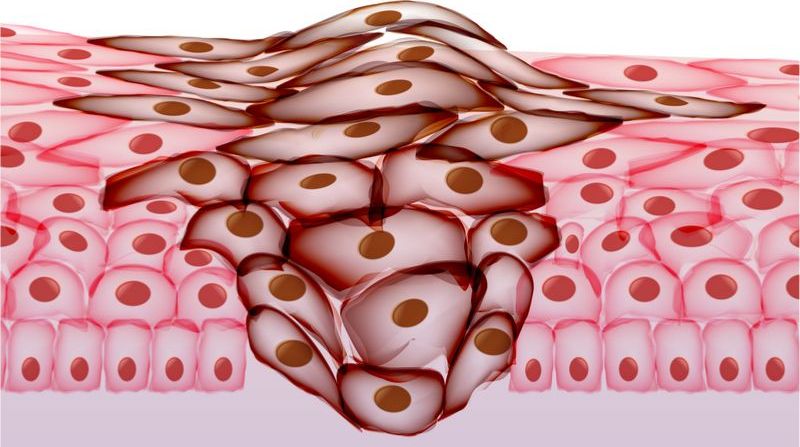Deep brain stimulation (DBS), an experimental technology that involves implanting a pacemaker-like device in a patient’s brain to send electrical impulses, is a hotly debated subject in the field of medicine. It’s an inherently risky procedure and the exact effects on the human brain aren’t yet fully understood.
But some practitioners believe it could be a way to alleviate the symptoms of depression or even help treat Alzheimer’s — and now they suspect it could help with drug addiction as well.
In a world’s first, according to the Associated Press, a patient in Shanghai’s Ruijin Hospital had a DBS device implanted in his brain to treat his addiction to methamphetamine.










